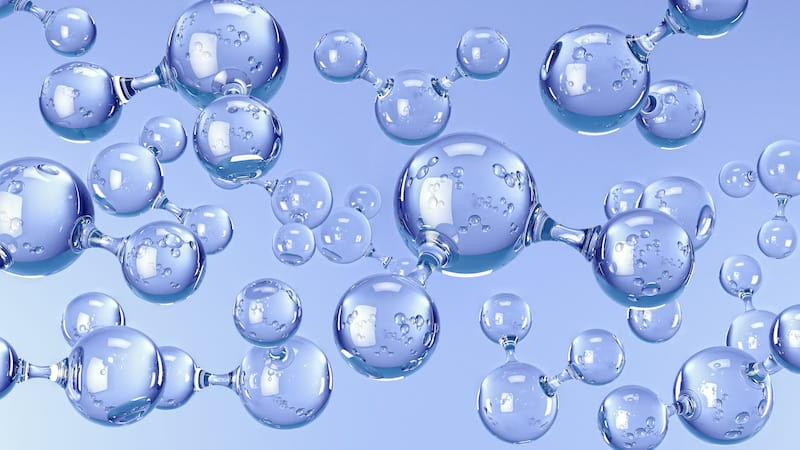Muscle Strength & OsteoStrong
- osteostrongmissoul
- Jul 31, 2023
- 3 min read
Dr. Rebecca (Becky) Bear, DC - OsteoStrong Sioux Falls
Not just for bone health, OsteoStrong also helps muscle strength. And one of the important components of fracture prevention is muscle strength. Here at OsteoStrong, we not only build bone density, but our system also works to build muscle strength. We just do it a little differently than traditional exercise. We strengthen muscle structures called myofibrils – this makes our muscles denser, stronger, and more toned but not big or bulky.

ALL ABOUT MUSCLE STRENGTH When we run, speak, breathe, or engage in all the other physical activities that get us through our day, we do so through the contraction of our skeletal muscles. The human body is home to more than 600 of these muscles in all, adding up to between 40% and 50% of our body weight. Together with our skeleton, muscles dictate the shape and contours of our body. And like our bones themselves, muscles perform more functions than meet the eye, impacting our posture, movement, regulation of blood glucose, heat generation and supply of mitochondria (responsible for energy!) Larger muscles are often stronger muscles, which leads to improved daily functioning in most individuals. Muscles are metabolically active and affects the way the body handles nutrients. For instance, people who are more muscular (especially combined with lower body fat), typically have better insulin control. From a health perspective, advancing age is associated with a loss of muscle mass, better known as sarcopenia. Preserving muscle mass can preserve strength; muscle strength is a predictor of survival as one ages. Muscles consist of long slender muscle cells, or fibers. Each muscle cell is a bundle of fine myofibrils, the cylindrical filaments whose name derives from the Greek “mys,” meaning muscle.
The development of a muscle cell’s mass, density, shape and function is called hypertrophy. An example of adaptation, hypertrophy allows the muscles to meet stress caused by exercise and/or daily activity.
Within the world of muscle strength, there are 2 key types of muscle growth:
1. Myofibrillar Hypertrophy: enhances muscle strength by increasing the number of myofibrils within the muscle cells, as triggered by osteogenic loading (what we do at OsteoStrong)
2. Sarcoplasmic Hypertrophy: increases muscle strength & size by increasing the volume of sarcoplasmic fluid within the muscle cells, as triggered by traditional exercise & weightlifting easy.

Muscle Strength & OsteoStrong
It’s not just bone density that decreases with age. According to the American College of Sports Medicine, we lose roughly 10% of our muscle mass by age 50. Through our 60s and 70s, our muscle strength will drop by about 15% per decade. By the time we hit our 80s, what’s left of our muscle strength will decline by 30% each decade. But rather than resign us to less than golden later years, these statistics should serve as a powerful call to action. Because here’s the most important fact of all: osteogenic loading can reverse this decline in people of all ages. All in less than 20 minutes, 1x/week.
In Closing...
Hopefully, this article on muscle strength and how important your muscles are, especially as you age, was valuable and you learned something new!
Always remember how important it is to make muscle strength & bone health a priority at any age to prevent conditions such as sarcopenia & osteoporosis, prevent fractures and other physical challenges related to aging.





